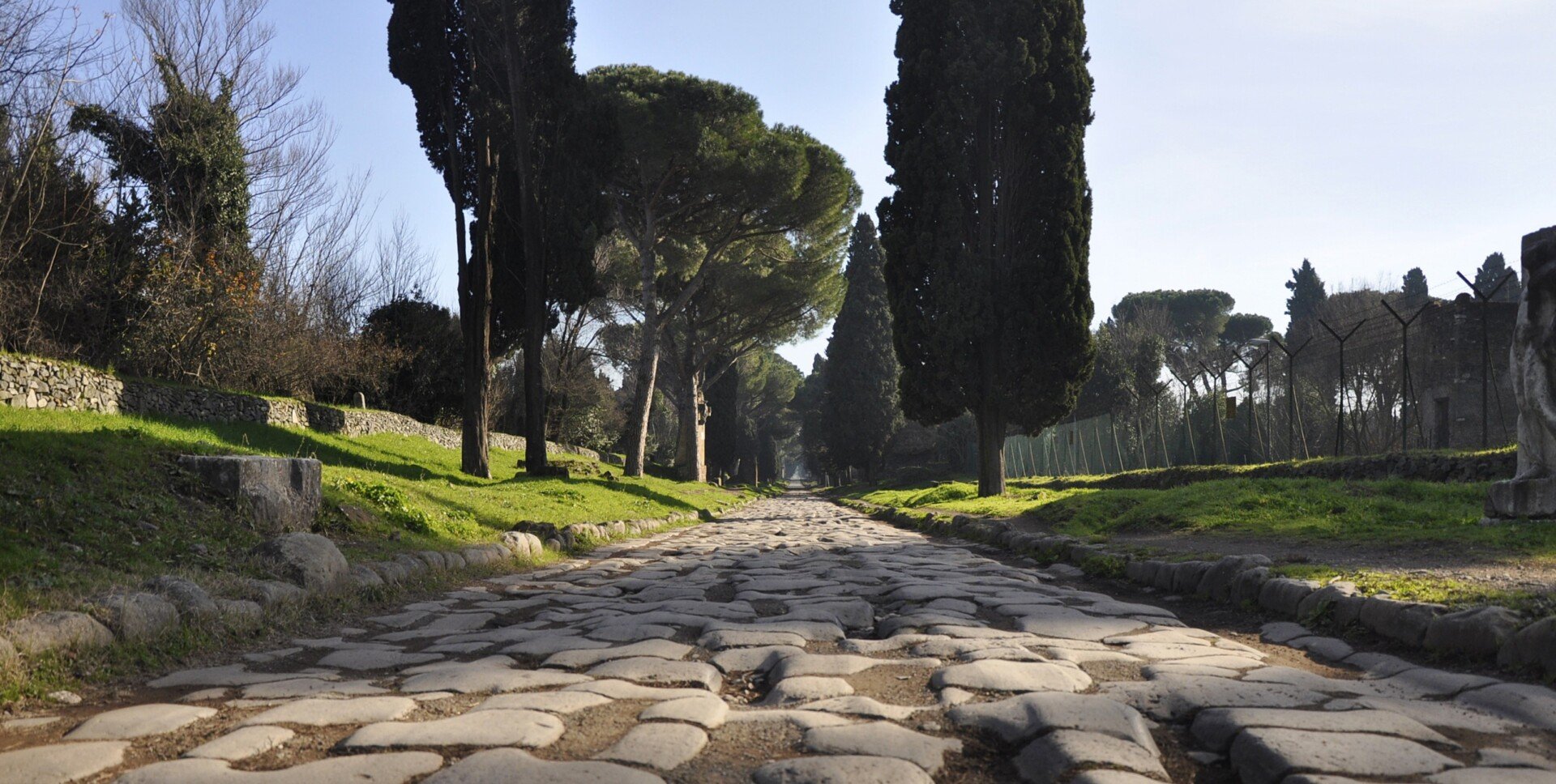The “Queen of the Streets” is officially registered as a World Heritage Site! The World Heritage Committee, at the last conference held in New Delhi at the end of July, approved theinscription of the ancient Appian Way on the list of places of interest of the UNESCO heritage. For Italy, this is the 60th site to receive this recognition, thus reinforcing its position at the top of the list of 168 countries so far included in the organization, followed by China. But let's be modest.
“It's a starting point -comments the Minister of Culture Sangiuliano- and not of arrival: a great deal of work of valorization begins with local administrations so that this recognition is an opportunity for socio-economic development for the many communities that live in these territories“We'll see. The advantages of this appointment are numerous, with a few pitfalls to watch out for.
You too can rediscover the pleasure of staying informed!
Your support helps protect our independence so we can continue to produce quality journalism that is open to all.
Support us
Ancient Appian Way: yesterday and tomorrow
The ancient Appian Way has always been a world heritage site. The ancients themselves understood its value by nicknaming it Regina viarum, queen of the streets. In addition to being One of the greatest works of engineering of Antiquity, it was the pulsating artery of the economic fabric of all Roman society of the classical period. It was here that trade with southern Italy passed, which was at the time the most interesting economic market. All culture and innovation passed through here before entering Rome. Even Saint Paul stopped there before entering the city for the first time.
Today, the ancient Appian Way is one of the most historically significant sites in the world. The 1,000 km of Roman road that connects Rome to Brindisi is dotted with discoveries of enormous archaeological interest that must be preserved.
With the entry into the UNESCO heritage list, Italy strengthens the work of protection of the site begun in 2016 with the creation of the Appia Antica Archaeological Park, the body that takes care of and promotes only a long stretch of road on the borders of the Lazio region. It was obviously broader international participation is needed also in the interest of the economic and tourist development of the 74 municipalities and 14 natural parks concerned.
UNESCO heritage and Italy, only advantages?
The path that unites the World Heritage, as an institution, with Italy spans 45 years. A path of collaboration that has brought Italy many benefits. First of all as a valid aid to the protection and the long-term conservation of cultural and natural assets, the main objective of the organization, which in Italy are very numerous and require expensive care and continuous maintenance. An honour and a burden whose costs would otherwise fall on the various territorial bodies, such as municipalities and provinces.
The other advantage is the international reverberation that UNESCO guarantees and makes our villages, our monuments and our natural parks very attractive destinations.And, as demonstrated by the data that shows tourism in Italy in constant growth.
Behind this series of benefits lie pitfalls linked to the phenomenon ofovertourism, al too much tourism which, if not controlled, risks threatening our cultural and artistic heritage and the environment that surrounds it. It is UNESCO itself that warns UNESCO member countries, inviting them to adhere to precise guidelines and, above all, to pursue active policies in this direction.
There are solutions for tourism and respect for cultural heritage to coexist. Some have been proposed for our Venice, the capital of art and symbol of tourist overpopulation: guide, rather than control entry, the flow of tourists via dedicated applications which prevents a large number of people from being gathered in the same place on the same day and at the same time.
This is not the final solution but it is a start. Our common sense must above all be the greatest possible protection. Ethical and sustainable tourism to defend what is ours, that is to say that of all.
